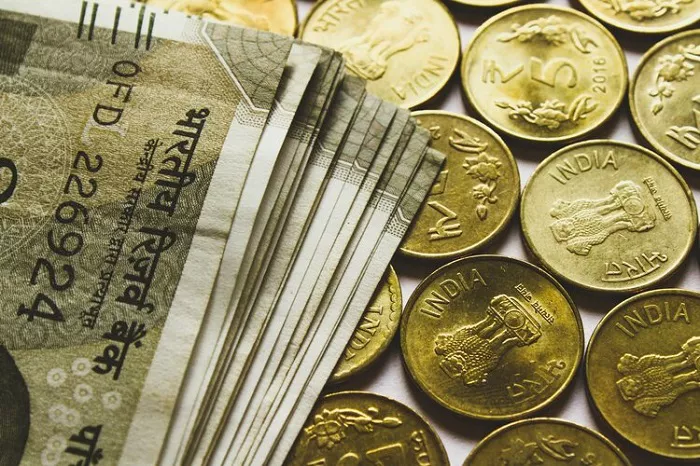The Indian rupee plunged 1.3% against the U.S. dollar on Thursday, breaching the critical 75.40 level, after the Trump administration announced immediate 26% tariffs on $4.2 billion worth of Indian exports. The USD/INR pair surged to its highest level since March, reflecting market panic over escalating trade hostilities between the two nations.
Tariffs Target Key Export Sectors
The new duties focus on industrial machinery, organic chemicals, and textile products—sectors accounting for 18% of India’s U.S.-bound exports. U.S. Trade Representative documents cited “persistent trade distortions” in India’s digital services and agricultural markets as justification. Analysts warn the move could erase $3 billion from India’s annual export revenue. “This is a calibrated strike on India’s core export strengths,” said Nomura emerging markets economist Sonal Varma. “The timing exacerbates existing pressures from high oil prices and slowing FDI inflows.”
India Vows Retaliation, Invokes WTO Dispute Mechanisms
India’s Commerce Ministry pledged “swift and commensurate countermeasures,” including potential tariffs on U.S. tech imports and agricultural goods. The escalation derails recent negotiations to resolve disputes over India’s digital tax framework and follows the 2019 termination of India’s preferential trade status under the Generalized System of Preferences (GSP).
Forex Markets See Frenzied Dollar Demand
Trading desks reported panic dollar buying as importers rushed to hedge against further rupee depreciation. The RBI intervened sporadically to cap losses near 75.30, but traders anticipate sustained pressure. “The tariff shock compounds India’s current account risks,” said Standard Chartered strategist Anubhuti Sahay. “With oil above $85/barrel, the central bank faces tough choices between currency stability and inflation control.”
Structural Vulnerabilities Amplify Crisis
The rupee’s selloff underscores India’s challenges as it battles 6.8% inflation and Q1 GDP growth slowing to 4.5%. Economists estimate the tariffs could widen India’s current account deficit by 0.4% of GDP in 2024. Meanwhile, export industries warn of 500,000 job losses if retaliatory measures spark prolonged trade friction.
Global Investors Retreat from Emerging Markets
The crisis highlights growing EM vulnerabilities to U.S. protectionism, with MSCI’s EM currency index falling 0.6% intraday. Analysts predict prolonged INR volatility until clarity emerges on India’s policy response, with critical support levels now eyed at 75.80.
Related Topics:
USD/INR on the Upswing as Trump’s ‘Liberation Day’ Approaches
USD/INR Gains Ground Amid Global Trade Jitters; US PMI Data in the Spotlight


